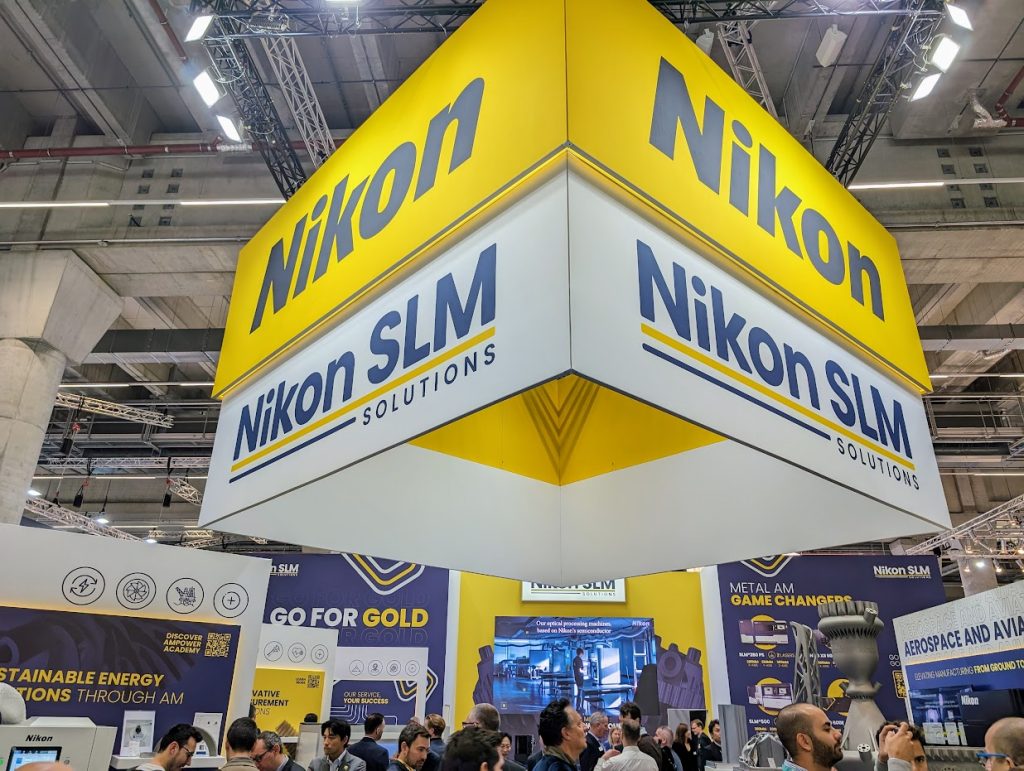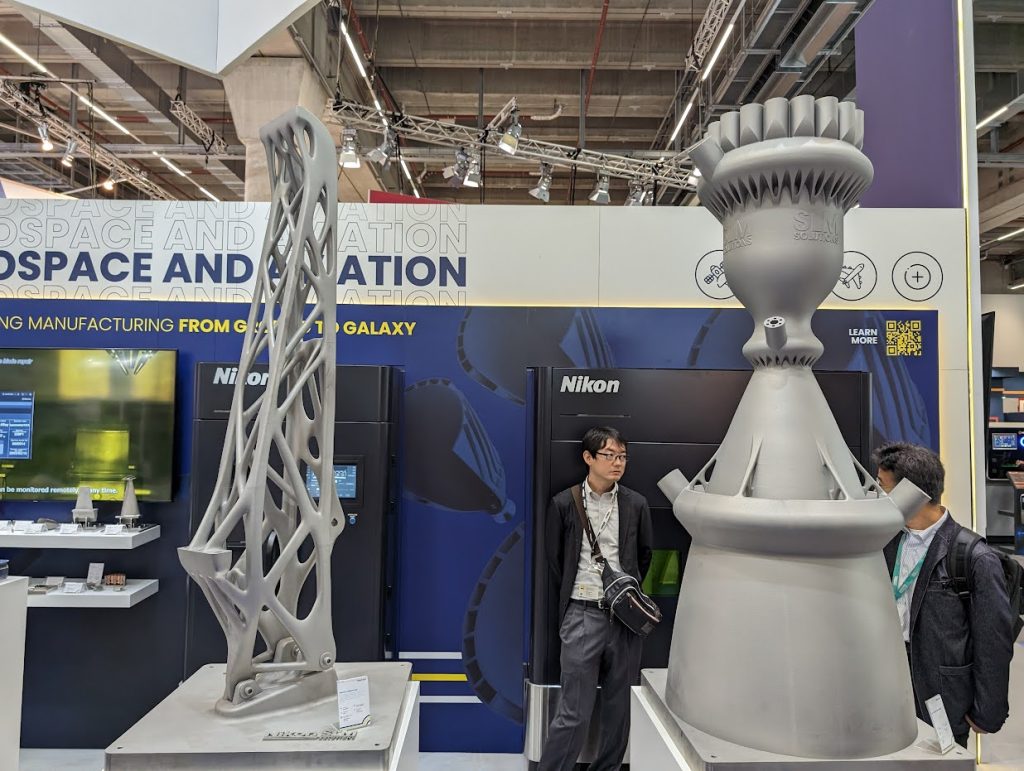In a strategic move to expand its footprint in the North American market, Nikon SLM Solutions has initiated the production of its high-end metal additive manufacturing system, the NXG XII 600, in the United States. This development marks a significant step in localizing production that promises to enhance the delivery and customization of American Made high-tech manufacturing solutions.
USA operations meet regulatory compliance
The new production facility, located in South Carolina, will enhance Nikon SLM Solutions’ ability to meet the growing demand for advanced metal additive manufacturing solutions across key industries such as aerospace, defense, automotive, and energy. This move is designed to provide customers with reliable, cost-efficient, and flexible systems tailored to their specific needs.
Charlie Grace, CCO at Nikon SLM Solutions and President of Nikon SLM Solutions NA, emphasized the strategic importance of this expansion, stating, “Establishing the production of the NXG XII 600 in the United States allows us to better support our North American customers with locally produced, high-quality additive manufacturing systems.”
The facility’s adherence to stringent U.S. regulations is critical for government and defense contracting. The production operations comply with the Buy American Act (BAA), the Defense Federal Acquisition Regulation Supplement (DFARS), and the Trade Agreements Act (TAA). This ensures that all NXG XII 600 units are BAA-compliant domestic end products, meet DFARS requirements for Department of Defense-related sales, and conform to TAA standards for U.S.-made products.
The Nikon SLM Solutions NXG XII 600 was launched in 2020 and has twelve 1kW lasers, it represents a significant leap in metal 3D printing capabilities. This system is designed for high-volume production, enabling large-scale, intricate parts essential for the aerospace and automotive industries.

Additive Manufacturing and Defense Readiness
Manufacturing the NXG XII 600 in the United States reflects a broader trend in the 3D printing industry. Increasingly, international companies are establishing local manufacturing facilities to ensure their machines, and companies, meet the criteria set out by users operating in the defense, or other security-conscious sectors.
Unveiled in 2021, the Department of Defense (DoD) has a comprehensive additive manufacturing strategy aimed at integrating 3D printing across the defense supply chain. This strategy focuses on developing internal policies, addressing cybersecurity concerns, and aligning resources and processes across various DoD agencies to maximize the benefits of 3D printing
More recently, at the DSEI 2023 event, experts emphasized the flexibility and scalability 3D printing offers to defense forces, enabling rapid development of tools and parts in response to dynamic challenges like natural disasters and geopolitical tensions.
With supply chain resilience still in the the spotlight, this trend is likely to persist.

Interested in selecting the winners of the 2024 3D Printing Industry Awards? Join the Expert Committee today.
What will the future of 3D printing look like?
Which recent trends are driving the 3D printing industry, as highlighted by experts?
Subscribe to the 3D Printing Industry newsletter to stay updated with the latest news and insights.
Stay connected with the latest in 3D printing by following us on Twitter and Facebook, and don’t forget to subscribe to the 3D Printing Industry YouTube channel for more exclusive content.
Featured image shows Andre Thiemann, Vice President of Production at Nikon SLM Solutions, at the ribbon-cutting for the new South Carolina facility. Photo via Nikon SLM Solutions.


